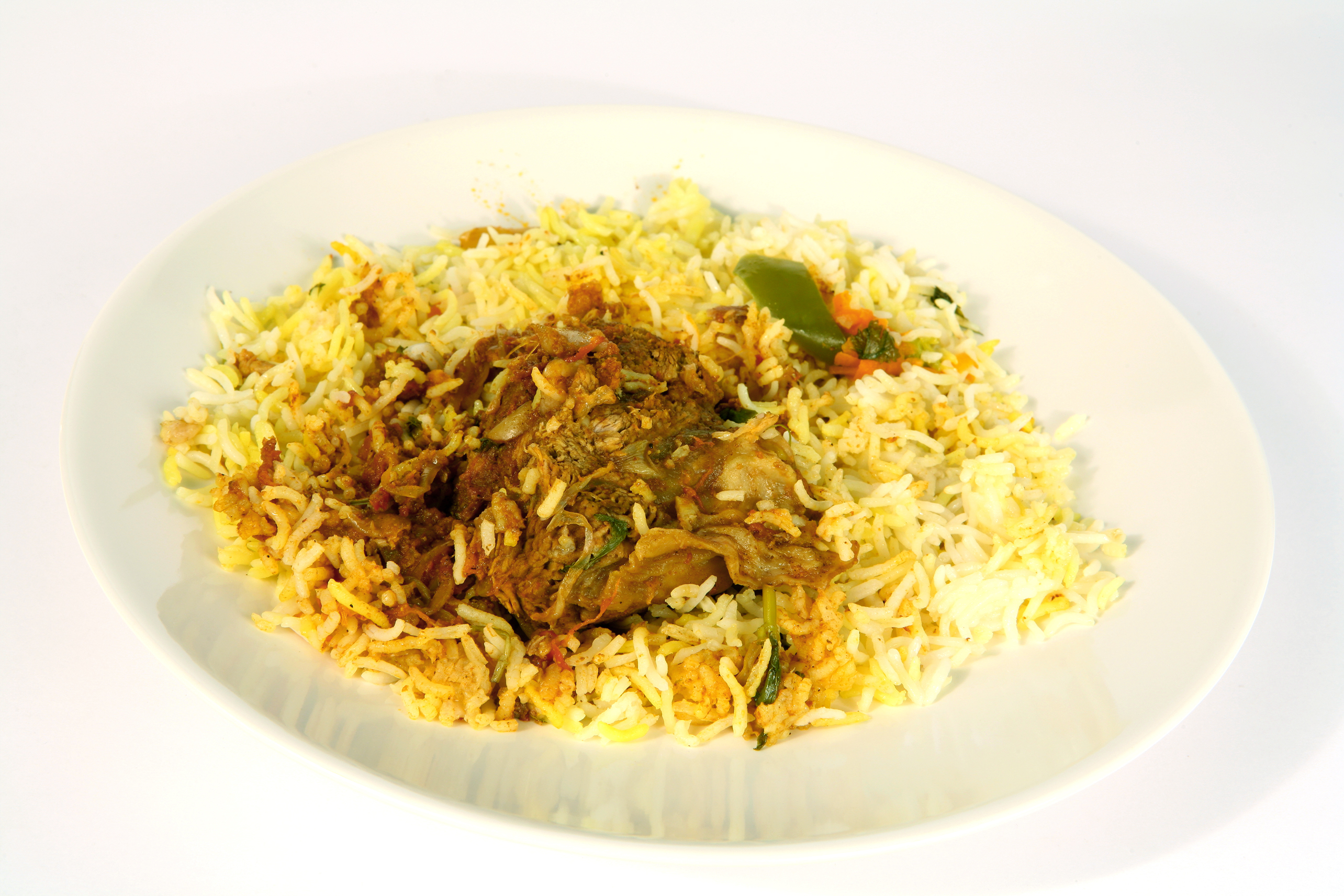For those of you who think I’ve made an error in omitting the Levant States from The Silk Road Gourmet – you may be right. Originally, I intended to do a follow on to the Silk Road Gourmet that treated the cuisines of the Maghreb and Levant, but the more cooking I do from these countries (especially Arab cooking), the more I understand their influence on Asian Food and see elements of Asian food on their plates and in their recipes. One generalization I feel comfortable making is that many Arab recipes are pared down or simplified versions of recipes encountered in many other places in Western or Southern Asia. The difficult part is telling whether the Arab recipe is the root recipe that was then embellished by other cultures by adding a few key spices or ingredients, or whether it represents a recipe acquired from another nation’s cuisine that has since become more elaborate at its source.
Take for instance the two simple recipes posted here. The major differences between the two salads are the preparation of the tomatoes and the addition of cumin in the Indian recipe. The grilling and does add a smoky element to the flavor of the Saudi salad, but it is easy to see that these recipes are probably related to one another. In other instances of similar recipes, we find that Armenians like to add cucumbers to their tabooleh that the Saudis and cooks in other Arab states seem happy to live without, and the Arabs take layering of rice and meat dishes to such elaborate heights that I’m beginning to wonder how much a layered dish like a Biryani is really Persian and how much of it is of Arab origin.
Perhaps the best way to think about Saudi cuisine is a two-way street. Many recipes and cuisine elements were brought to other nations during the Abbasid and Umayyad dynasties and during other periods of Arab conquest – such as the Syrian conquest of Southern Spain from the 8th to the 15th centuries and Southern Italy from the 9th to the early 11th centuries. But during these and other periods, Saudi cuisine adopted Persian and other Western and Southern Asian elements as well. Of course, Arab traders were crucial to the commerce of the Great Silk Road and Diaspora communities of Arabs were found in almost every major economic center of the ancient world – bringing their cultural practices and their food with them. So then, as now the Arabs were both brilliant capitalists as well as important purveyors of culture from West to East and back again.
Considering food as only one aspect of material culture, without the work of Arab traders, tamarind and sesame might well have remained Sub-Saharan African flavors, and the use of turmeric, cardamom and cinnamon may well have remained confined to the Indian subcontinent and not spread across Asia and into Africa, Europe and from there to the New World. Beyond food, it is impossible to tally the ideas, beliefs, arts and crafts that would not have moved around the old world without the ceaseless work of Arab businessmen. Although different periods in the silk road history coincide with distinct periods of old world globalization, throughout all, Arabs in particular were the multicultural, multilingual, transnationalists of the ancient world.
Over the years, I’ve had some simply delicious Arab dishes that I am currently cooking to my own standards to ensure that the recipes deliver flavorful delicious, authentic food. Chicken stuffed with rice spiced with cinnamon, cloves, cardamom and black pepper is a memorable dish as is a lamb and vegetable stew with a similar spice array. There is also a much more European tasting lamb with garlic, thyme and mint from the southern peninsula, the spiced and wood-baked lamb over rice that is found throughout the Arab world and the fantastic fish with tomato and onions from the coastal areas. Of course, no Arab meal is complete without dates – either plain and unsweetened or rolled with sesame or some other coating – and rich, thick, cardamom-spiced coffee – lord, how I love Arab coffee! I wish I had at least a day in an Arab country for every month I’ve spent in tea-drinking lands.
So, as of now, I’m thinking that there has to be a fourth volume of the Silk Road Gourmet that includes cuisines from the Levant and Maghreb to really understand the flow of recipes and ingredients in and around the Old World. I don’t have a publication for the first volume of Silk Road Gourmet yet, but I’m hoping that it will be on shelves by May or June of 2009. Volumes two, three and perhaps four will follow in 2009 and 2010, but until then I urge you to cook your way around this or other parts of the world and learn where that kebab or gyro that you may be enjoying from a street cart really came from. (Words by Laura Kelley, photo of Lamb Majboos and Dates © Paulcowan | Dreamstime.com)

